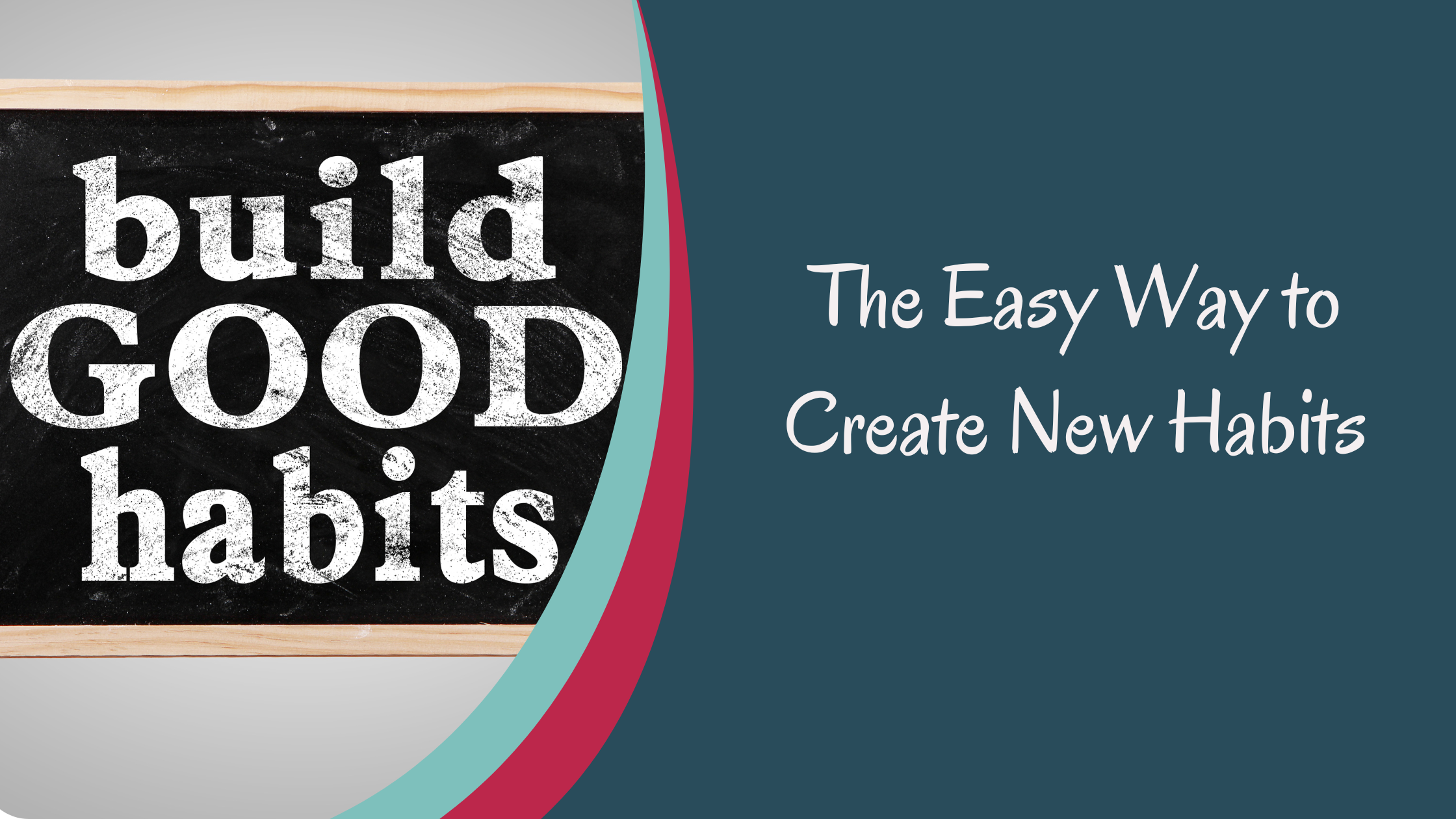You could spend weeks reading all the books on habit change. You could spend hours thinking about how much you want to change your habits. Or you can start doing something to change your habits.
The difficult part with changing a habit is two-fold:
- Deciding that you will make the change.
- Acting on the decision to change.
Here are 3 steps to creating a new habit that can last a lifetime:
1. Decide to make a change in your habit
Many of my clients know that something is off when they first contact me for help. They know they need to make a change or adjustment in their life. They even like to tell me about how much they should be changing. However, few of them really decide to make a change.
Why? Because they don’t have to. Deciding to change can be easy. Staying the same is easier. When faced with the pain of doing something differently, we may have a tendency to stay the same because the uneasiness we feel is not strong enough to out way the discomfort of changing.
Don’t just think about it, write it down
How do you make a decision to change? There is a saying: “don’t just think it, ink it!” By writing something down you will be transforming the thought energy into a physical form. Write down in your journal what you plan to do differently. Also, some sources state that it takes 3 or more weeks to change a habit. Set a target for how much time you are going to consistently implement this change. Make it concrete. Those that make a plan increase their chances of following through.
Tell someone
In addition to writing it down in your journal, make your change known publicly. Telling a close friend or spouse about your intention to change can really put on the pressure to actually do it. Posting about it on social media can get your friends and family involved. If you fail to follow through, you will have to own up to it when they ask you about it. This becomes a great accountability method!
2. Acting on the decision to change
Writing it down and telling someone are the first steps to making lasting change. The next step is acting on it. You will have to get yourself moving to make the change. This takes courage.
Link it to something you currently do
The easiest way to make a change in habit is to connect it with something that you already do. James Clear calls this habit stacking in his book “Atomic Habits.” If you have a habit already in your current pattern, stacking another habit onto it is easier to do than remembering to do something new consistently until it becomes a habit.
For example, I have a goal of increasing the amount of water I drink. Every morning I make coffee after waking. To increase the amount of water I drink, as soon as I’m done making my coffee, I drink a glass of water. Now it feels weird to me if I don’t have a glass of water after making coffee. Someone else I know likes to drink a glass of wine after work. To increase her water intake, she must drink a glass of water before she can pour herself a glass of wine. That is habit stacking.
Connecting the new task to something you currently do is the easiest way to start building new habits. Give it a try and see how it goes.
3. Evaluate and Adjust
Not all habit changes will work. It’s important to periodically evaluate the habits that you create to determine if they make sense. Some habits need to be modified and some need to be discarded. The more you practice your habits, the easier it is to see if they are right for you and your lifestyle. You may discover that a tweak here and there is all you need to optimize your habits for your success.
To find out more about habits, I recommend reading “Atomic Habits” by James Clear and “The Power of Habit” by Charles Duhigg. They are both great resources that contain some powerful information about habits, how to create them, and what to do if your quest to create a habit fails. The main themes in both books are habit stacking and consistency, consistency, consistency.
So, what habit would you like to build? Let me know in the comments. I’m happy to be your accountability partner!


No responses yet